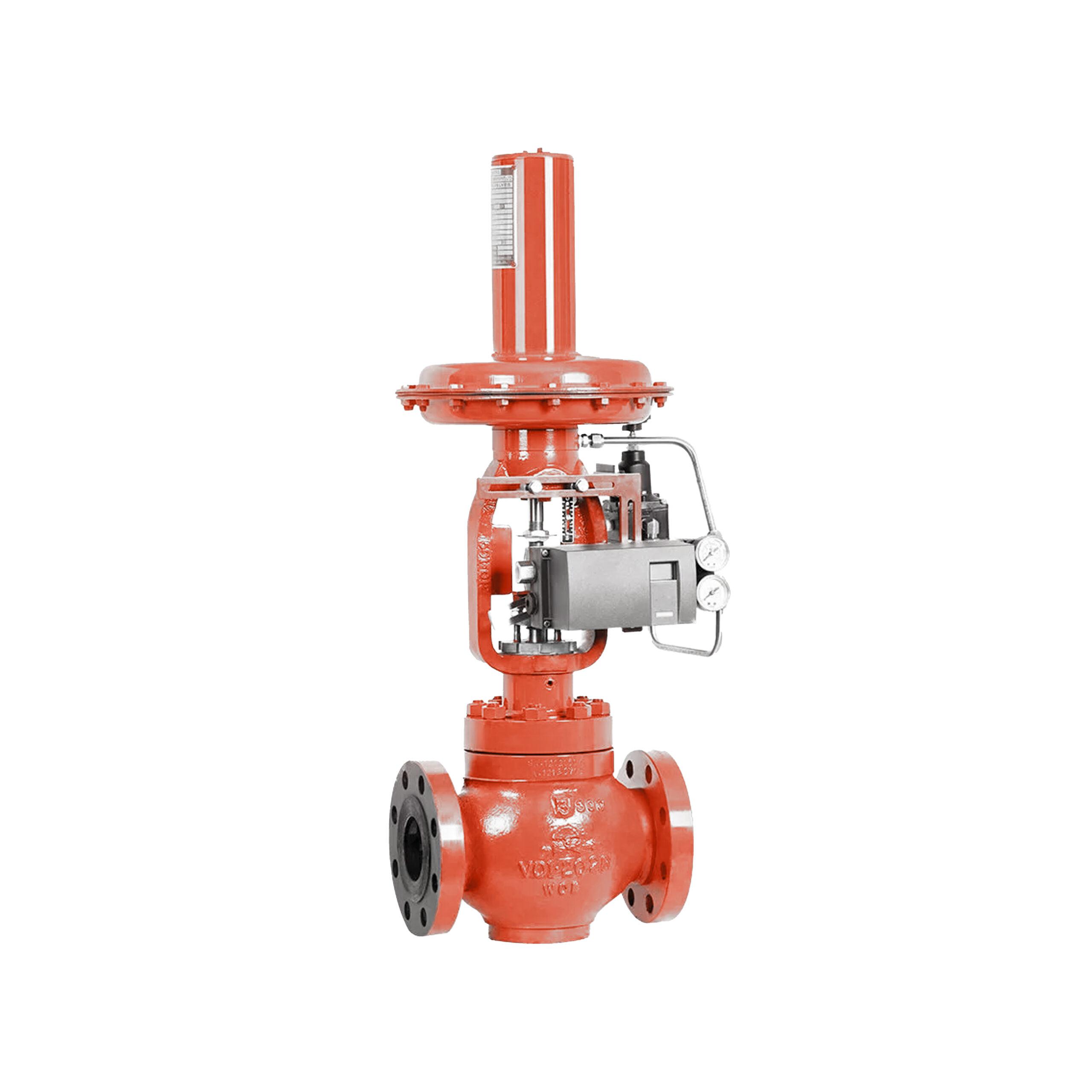The Function of Control Valves in Liquid Circulation Management Systems
The Function of Control Valves in Liquid Circulation Management Systems
Blog Article
Optimize Building Procedures With Costs Automation Controls for Controllers
In the world of modern-day structure operations, the assimilation of premium automation controls for controllers has come to be a pivotal facet in guaranteeing ideal effectiveness and performance. The utilization of advanced automation modern technologies supplies a sophisticated approach to managing building systems, leading to improved structured processes and operational capabilities. By utilizing the power of premium automation controls, structures can achieve exceptional levels of energy effectiveness, system dependability, and cost-effectiveness. This tactical execution not just raises the general functionality of the infrastructure but also equips drivers with enhanced control and adaptability. The importance of these premium manages in maximizing building procedures is undeniable, leading the way for a much more effective and lasting future in center management.
Enhancing Building Performance Via Automation Controls
Improving building efficiency is paramount in today's design and style market, with automation controls playing a crucial duty in attaining optimal performance. By incorporating sophisticated automation manages right into constructing systems, developers and designers can produce smart, energy-efficient structures that react dynamically to transforming ecological problems. These controls enable for the seamless monitoring and administration of different building features, such as lights, a/c systems, and safety methods, resulting in enhanced operational performance and price financial savings.
Automation controls allow real-time data evaluation and changes, making certain that structures operate at peak efficiency levels while lessening energy waste. Via the use of sensing units, actuators, and systematized control systems, structures can adapt their setups based on tenancy patterns, outside weather condition conditions, and time of day. This degree of automation not only improves the convenience and efficiency of building occupants yet likewise contributes to sustainability initiatives by decreasing overall power intake and carbon discharges.
Maximizing Energy Financial Savings With Costs Controls
With the integration of costs automation controls into building developers, architects and systems can further maximize energy efficiency, improving the total operational performance of structures. Costs regulates deal advanced functions such as tenancy sensing units, organizing capabilities, and adaptive algorithms that allow exact surveillance and adjustment of energy usage. By leveraging these capabilities, buildings can dynamically reply to altering tenancy patterns and ecological problems, guaranteeing that power is just eaten when needed. Furthermore, costs controls assist in the coordination of different structure systems, such as HVAC, shading, and lighting, to run in harmony towards reducing energy wastage. Via real-time data analytics and anticipating modeling, these controls can recognize inadequacies and possibilities for enhancement, enabling for continuous improvement of energy-saving methods. Generally, the implementation of costs automation manages not only reduces power expenses but additionally adds to a more lasting and eco-friendly developed environment.

Improving System Performance and Integrity
The assimilation of costs automation controls into building systems improves operational performance, making sure ideal performance and integrity. Furthermore, costs automation controls give data analytics that supply insights right into system performance fads, allowing for continual optimization and fine-tuning of operations. On the whole, the consolidation of costs automation controls boosts system performance and dependability, ultimately contributing to an extra sustainable and reliable building setting.
Reducing Functional Costs With Automation Innovation
The implementation of automation technology in structure systems not only improves performance and reliability yet likewise plays a critical function in driving down functional costs. control valves. By leveraging advanced automation controls, constructing operators can maximize energy intake, reduce waste, and enhance maintenance processes. Automation modern technology allows specific surveillance and control of various building systems such as HVAC, illumination, and Clicking Here safety, resulting in much more effective operations. With the combination of sensors and data analytics, automation systems can recognize inefficiencies and automatically adjust setups to make certain optimum efficiency while decreasing power usage. In addition, automation innovation aids in anticipating upkeep by discovering prospective concerns early, avoiding pricey repairs and downtime. By centralizing control and automating regular jobs, functional costs can be significantly reduced, liberating resources for various other crucial building upgrades or investments. Overall, the critical application of automation innovation not only enhances operational performance however also adds to long-lasting cost financial savings for structure owners and supervisors.
Enhancing Control and Adaptability for Workflow

In addition, these systems allow seamless combination with other structure management modern technologies, such as energy surveillance systems and safety procedures, creating a comprehensive ecological community that simplifies operations and enhances general efficiency (control valves). The ability to from another location access and readjust settings more boosts control and versatility, enabling speedy responses to altering operational requirements. Ultimately, purchasing costs automation controls not just improves the day-to-day operations of a building however likewise brings about long-term expense financial savings and sustainability advantages
Verdict
To conclude, premium automation controls for controllers play an important duty in browse around this site maximizing building operations. These controls improve effectiveness, take full advantage of power cost savings, enhance system efficiency and integrity, lower functional costs, and enhance control and flexibility for operations. Implementing automation technology in buildings can lead to significant improvements in total functional performance and sustainability. It is crucial for companies to purchase costs automation controls to attain better building performance and operational outcomes.
By taking advantage of the power of premium automation controls, structures can accomplish exceptional levels of power efficiency, system integrity, and cost-effectiveness. Generally, the incorporation of costs automation controls boosts system performance and reliability, inevitably contributing to a more lasting and reliable building environment.
Automation modern technology enables precise monitoring and control of numerous structure systems such as Lighting, cooling and heating, and safety, leading to a lot more reliable procedures. These controls enhance efficiency, take full advantage of power savings, improve system efficiency and integrity, decrease operational expenses, and boost control and flexibility for procedures. It is essential for companies to spend in premium automation controls to achieve better building performance and operational outcomes.
Report this page